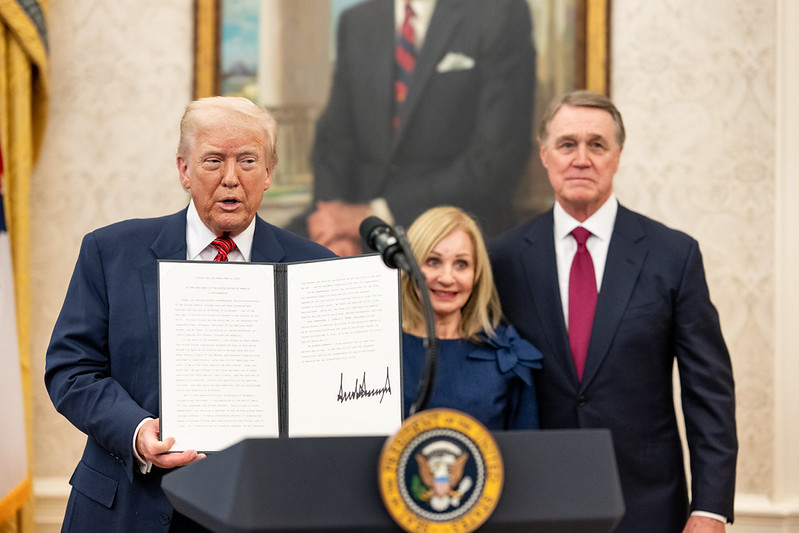Politics
How Trade Battles Are Reshaping Your Grocery Bills and Home Prices
By CM Chaney · November 22, 2025


The U.S. Trade Representative’s Office reports that current tariffs affect over $500 billion in consumer goods. According to The Commerce Department, these trade measures have fundamentally altered global supply chains and domestic pricing structures, creating ripple effects throughout the American economy.
Impact on Consumer Prices
The Consumer Price Index reveals substantial increases across everyday items, with grocery prices surging 12% on affected items. Household appliances have seen a 15% increase, while electronics costs have risen by 8%. The National Retail Federation estimates the average family now pays an additional $1,200 annually due to tariff-related price increases.
Agricultural Sector Changes
The Department of Agriculture documents dramatic shifts in farming economics. Soybean exports to China have plummeted by 40%, leading farmers to seek new markets in Southeast Asia. The Farm Bureau Federation notes that farmers are increasingly diversifying their crops to reduce dependence on traditional export markets, while federal farm subsidies have reached unprecedented levels.
Manufacturing Adaptation
The National Association of Manufacturers reveals that 67% of American manufacturers have restructured their supply chains in response to trade pressures. The Institute for Supply Management indicates that domestic production costs have increased by 23% on average, forcing companies to reimagine their operations and sourcing strategies.
Housing Market Effects
The National Association of Home Builders calculates that tariffs have added approximately $18,600 to new home construction costs. This increase stems from higher prices across lumber, steel fixtures, and appliances. The Real Estate Economic Institute projects these elevated costs will persist through 2026.
Retail Industry Adaptation
The Retail Industry Leaders Association describes a fundamental shift in how stores operate, with retailers diversifying suppliers, increasing inventory holdings, and adjusting pricing strategies. Their data indicates that 45% of retailers have reduced profit margins to maintain competitive pricing in this challenging environment.

Global Economic Impact
The International Monetary Fund estimates global trade tensions have reduced worldwide GDP growth by 0.8%. Their analysis indicates ripple effects across international markets, with developing economies particularly vulnerable to continued trade uncertainty. The World Trade Organization warns that prolonged tensions could permanently alter global trade patterns.
Consumer Behavior Changes
The Consumer Federation of America notes fundamental shifts in shopping patterns. Their research shows consumers increasingly engaging in price comparison shopping, turning to store brands, and seeking domestic alternatives. This behavioral change has sparked innovation in retail strategy and product development.
Business Strategy Evolution
The U.S. Chamber of Commerce reports that 73% of businesses have developed comprehensive tariff mitigation strategies. Companies are increasingly investing in supply chain diversification, domestic sourcing initiatives, and technology solutions to improve efficiency and reduce costs.
Looking Ahead
The Peterson Institute for International Economics projects continued trade tensions through 2026. Their analysis suggests businesses and consumers should prepare for long-term adjustments as the new trade reality becomes permanent. The institute recommends developing adaptive strategies for an era of sustained trade uncertainty.